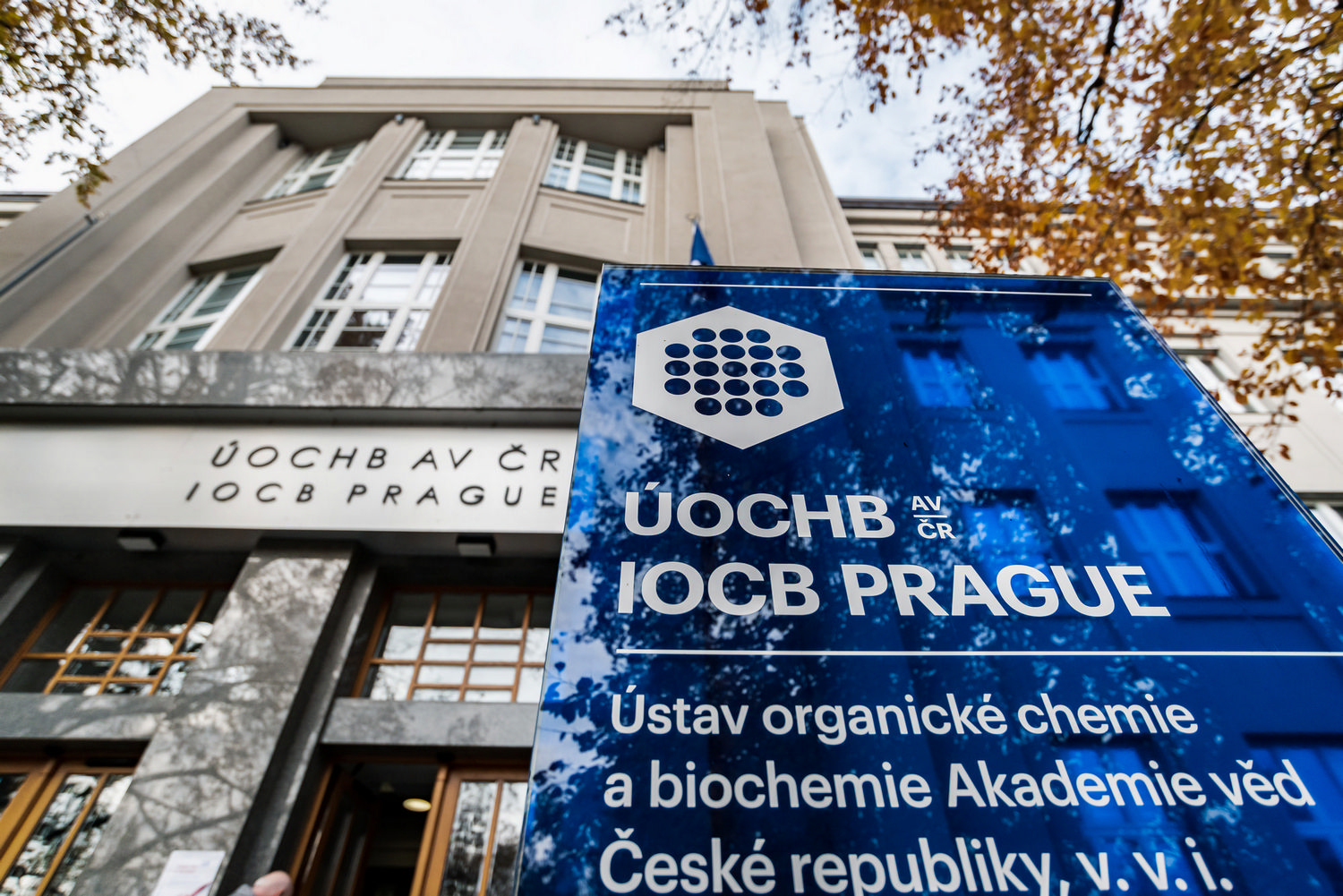Take the step towards a career in organic chemistry and biochemistry...
Publications
All publications
Nucleotide analogues containing a pyrrolidine, piperidine or piperazine ring: Synthesis and evaluation of inhibition of plasmodial and human 6-oxopurine phosphoribosyltransferases and in vitro antimalarial activity
European Journal of Medicinal Chemistry 219: 113416 (2021)
Parasites of the Plasmodium genus are unable to produce purine nucleotides de novo and depend completely on the salvage pathway. This fact makes plasmodial hypoxanthine-guanine-(xanthine) phosphoribosyltransferase [HG(X)PRT] a valuable target for development of antimalarial agents. A series of nucleotide analogues was designed, synthesized and evaluated as potential inhibitors of Plasmodium falciparum HGXPRT, P. vivax HGPRT and human HGPRT. These novel nucleoside phosphonates have a pyrrolidine, piperidine or piperazine ring incorporated into the linker connecting the purine base to a phosphonate group(s) and exhibited a broad range of Ki values between 0.15 and 72 μM. The corresponding phosphoramidate prodrugs, able to cross cell membranes, have been synthesized and evaluated in a P. falciparum infected human erythrocyte assay. Of the eight prodrugs evaluated seven exhibited in vitro antimalarial activity with IC50 values within the range of 2.5–12.1 μM. The bis-phosphoramidate…
Structural determinants for subnanomolar inhibition of the secreted aspartic protease Sapp1p from Candida parapsilosis
Journal of Enzyme Inhibition and Medicinal Chemistry 36 (1): 914-921 (2021)
Tuning the P–C dative/covalent bond formation in R3P–C60 complexes by changing the R group
Chemical Communications 57 (21): 3363-3366 (2021)
α,γ-Dioxygenated amides via tandem Brook rearrangement/radical oxygenation reactions and their application to syntheses of γ-lactams
Beilstein Journal of Organic Chemistry 17: 688–704 (2021)




